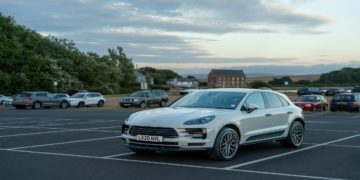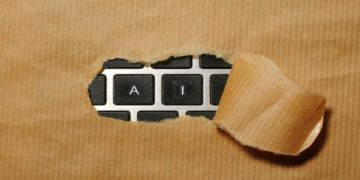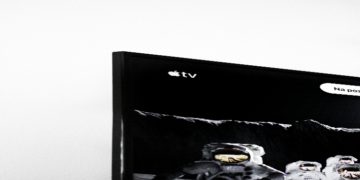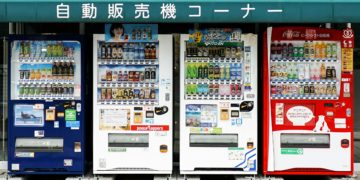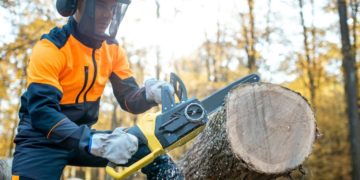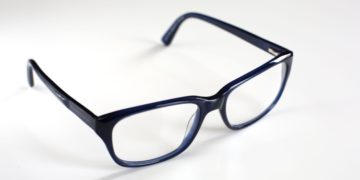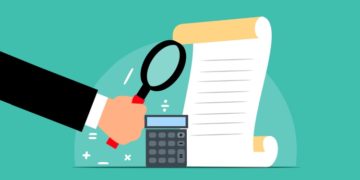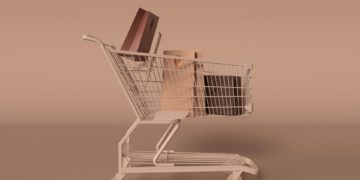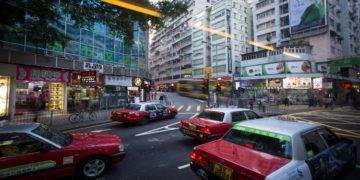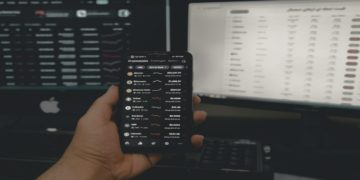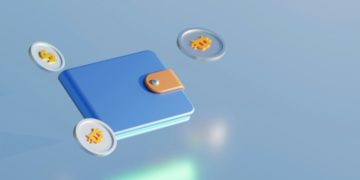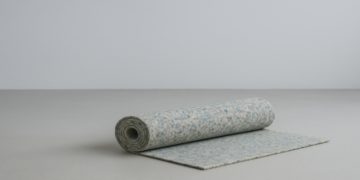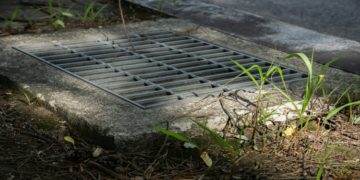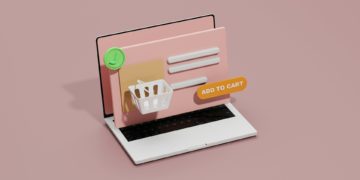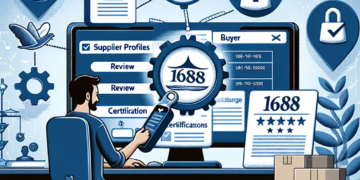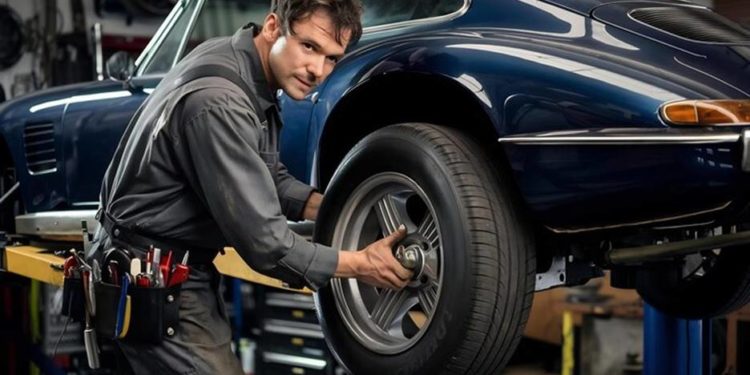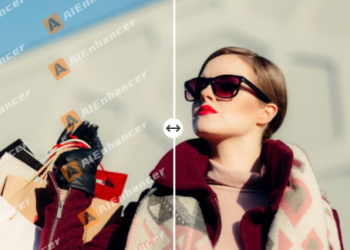Have you ever wondered why your Porsche suddenly starts pulling to one side or why the tires wear out faster than expected, especially in Dubai’s blazing heat?
You are not alone. Many Porsche owners assume tire wear is just part of the deal. But here is the twist, it is often preventable, and it starts with something deceptively simple: Porsche tire rotation. And no, it is not just another checklist item from the service center. Here is the surprise: you might need to rotate your Porsche tires more often than you think. Not knowing that could cost you thousands in replacement. Let’s break it down.
Why Porsche Tire Rotation Matters in Dubai?
Dubai is not gentle on tires. It is not just about the heat; it is everything that comes with it. The asphalt feels like a frying pan for most of the year, and when you’re behind the wheel of a Porsche, that heat gets multiplied by high performance.
Now, combine that with sudden braking, hard cornering, and stretches of highway where everyone drives like they’re in a time trial. What you get is accelerated tire wear, but uneven. Rear tires on a Porsche usually wear faster. But in Dubai, even front tires get chewed up if you’re braking hard every few minutes in traffic.
Not rotating your tires? You’re choosing to let one side wear out twice as fast. Let’s be clear, Porsche Tire Rotation Dubai is not just maintenance; it is a necessity in this region. Skipping it affects more than tread life. It throws off your grip, your stopping distance, and your cornering feel. Imagine pushing hard through a roundabout on unbalanced rubber; it only takes one second of delay in traction to regret it.
Tip: Dubai’s rougher side roads, especially near industrial zones or older areas like Al Quoz, shred tires even quicker than highways. That is why we rotate not for the sake of it but because your Porsche demands balance, especially here.
What You’ll Hear from “Experts” About Rotation Guidelines?
Everyone has an opinion, but most of it is guesswork. From dealerships to forums, the advice on Porsche tire rotation is all over the place. Here’s what you’re likely to hear… and why most of it does not apply to Dubai. What you’re told… and what’s happening:
- Dealer says: “Rotate every 5,000 to 7,000 miles.”
Sounds safe, right? But they’re usually referring to colder climates, not Dubai heat. - Manual says: Almost nothing specific
Some Porsche manuals don’t even bother. And if they do, it’s vague or model-dependent. - Your Porsche has staggered tires?
- Translation: Rear tires are wider than the front.
- Result: You can’t rotate front to back.
- Different models, different logic
- A 911 with sticky performance tires will wear out faster than a Macan on touring rubber.
- Yet, many owners get the same generic advice.
Note: Some owners rotate staggered setups side-to-side only to extend life evenly. Not ideal, but better than doing nothing.
Porsche tire rotation guidelines from overseas are not made for Dubai roads. If your drive includes heat, sand, and sudden braking, you need a custom plan, not copy-paste advice.
How Often Should You Rotate Porsche Tires in Dubai?
Let’s stop pretending Dubai is normal. It is not. You are driving on hot, dusty highways most of the year, slamming the brakes in Sheikh Zayed Road traffic, or cornering hard near JBR on a Friday night. So forget what the manual says. What works in cooler countries does not hold up here. Our Dubai-tested recommendation by Porsche Specialists Dubai:
- Rotate every 5,000 miles, or sooner if you’re driving aggressively
- For daily-driven Porsches (especially 911, Cayenne, Taycan), stick to every 6 months
- If you’re pushing your car on open roads, reduce that to every 4,000 miles
Why so soon?
- Dubai heat softens rubber, speeding up wear
- Rear tires take more abuse on RWD models
- Fronts wear unevenly from sharp roundabouts and heavy brake inputs
- Sand gets everywhere, adding slow, uneven abrasion
- Pirelli P Zeros and Michelin Pilot Sports? They grip, but they wear fast
Idea: Tie your Porsche tire rotation into oil change schedules. It makes life easier, and you avoid forgetting.
What Tells You It’s Time to Rotate (Even If You Forgot the Mileage)
You won’t always remember when you last rotated your tires, but your Porsche will start giving you warnings. And if you ignore them, the damage won’t stay cheap. Here’s what to look for before it turns into a new set of tires.
Your steering starts pulling
Your car feels like it’s veering even when the wheel is straight. That’s often a tire imbalance.
Increased road noise
A loud hum or rumble at speed is usually worn tread patterns, telling you they’ve had enough.
Grip feels… off
Whether it’s delayed braking or uneasy cornering, uneven rubber is usually behind it.
Visible tire wear
Take a quick look to see if one side of the tire is smoother than the other; that’s your sign.
Fact: On performance-tuned cars like Porsche, small tire differences show up fast in how the car feels.
Rotation Patterns Depend on Your Porsche Model
Every Porsche isn’t built the same. That’s why Porsche tire rotation done by Auto Specialists Dubai patterns aren’t universal. It depends on how your car puts power down and what kind of tires you’re running.
- Rear-Wheel Drive (RWD)
Common in 911, Boxster, Cayman
Rear tires wear faster if tire sizes match, and rotate front to back. If staggered, side-to-side only. - All-Wheel Drive (AWD)
Found in Panamera 4, Macan, Cayenne. Rotate front to rear if tire sizes match. Rotation helps preserve drivetrain balance and tread life. - Staggered Fitment (Wider rear tires)
Used in most 911 Carrera, Turbo, and GTS models. Can’t rotate front to back.Side-to-side only if the tires are non-directional. - Directional Tires
Tread is designed to roll one way only. These can only be swapped side-to-side if the left and right tire sizes are identical. - Square Setups (Same size all around)
Some Macan and Cayenne trims. Rotate using a cross-pattern or front-to-back. These are the easiest to manage.
Tip: Always check your wheel specs before any Porsche tire rotation. You’ll usually find size and direction info stamped right on the sidewall or inside the driver’s door.



